
The Danger Placard vs Dangerous Placards: How to Avoid Costly Mistakes
A placard is an essential tool in the world of transportation. Specifically, placards display warnings and information about the materials being transported in a given vehicle. They are used to indicate the potential danger posed by the shipment so that emergency responders and other drivers can understand the potential hazards. However, not all placards are the same. In fact, the difference between the Danger placards and Dangerous placards can be costly and are used in different jurisdictions. This article aims to clarify the differences between the two placards and provide guidance on which to choose.
First, let’s talk about the Danger placard. If you are transporting dangerous goods in Canada, you need to be familiar with the Transportation of Dangerous Goods Regulations (TDGR). The Danger placard is part of a range of TDGR placards that are used to alert people to the presence of dangerous goods. The Danger placard has a red background and a white diamond shape with a black border, which features the word “DANGER” in bold letters. This placard is used to identify goods that have an immediate hazard to health and safety. It is important to note that Danger placards are not recognized in the United States, as per the 49 CFR guidelines.
Now, let’s talk about the Dangerous placard. This placard is used for the shipment of hazardous materials in the United States and is required under the 49 CFR regulations. The Dangerous placard also has a red background, but it has a black diamond shape and a white border. The word “DANGEROUS” is written in large letters across the middle of the placard.
It is easy to see how the Danger and Dangerous placards can be confused, as they look quite similar. However, it is crucial to understand the differences between them, as using the incorrect placard can result in costly fines. If you are transporting hazardous goods in Canada, it is important to use the proper TDGR placard, and note the main reason why Canadians use the word “danger” on our placard is because it works both in English and French its bilingual.
So, be careful when purchasing placards for your shipments, as there is a difference between the Danger placards and Dangerous placards. Using the wrong placards can result in costly fines, and impounded vehicles. It is important to consult with local transportation authorities and regulations to ensure that you are using the correct placards for your shipments and destination.
In conclusion, using the correct placard for your hazardous material shipments is essential. Failure to use the proper placard can result in severe consequences, including significant fines, and delays in shipment increasing shipping costs. Although both the Danger placard and Dangerous placards might look similar, they are significantly different in use and jurisdiction. Therefore, it is crucial to understand and use the correct placard for your shipment’s specific requirements. Remember, it’s better to be safe than sorry, so double-check your shipping placard before sending your goods out.
Do you have questions about Placards? Take a look at our Placarding FAQ, download our Placarding Infographic, or contact our team of experts at 855.734.5469 or send us an email, we’re happy to help.
Stay up to date and sign up for our newsletter!
We have all the products, services and training you need to ensure your staff is properly trained and informed.
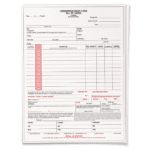 Bill of Lading Forms Bill of Lading Forms |
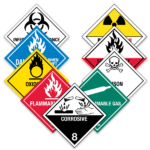 DOT Worded Placards DOT Worded Placards |
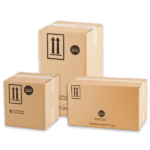 4GV UN Variation Boxes 4GV UN Variation Boxes |

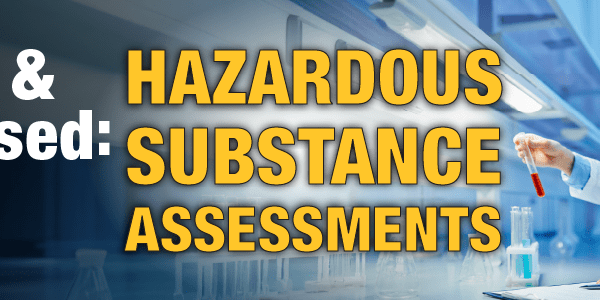
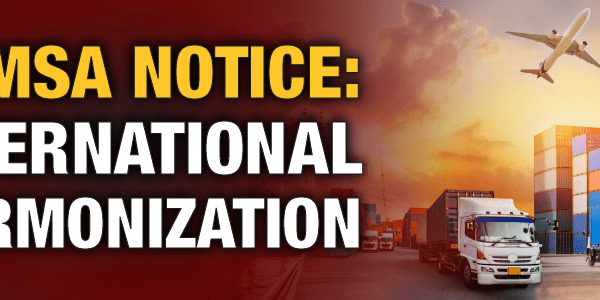



 ICC USA
ICC USA ICC Canada
ICC Canada